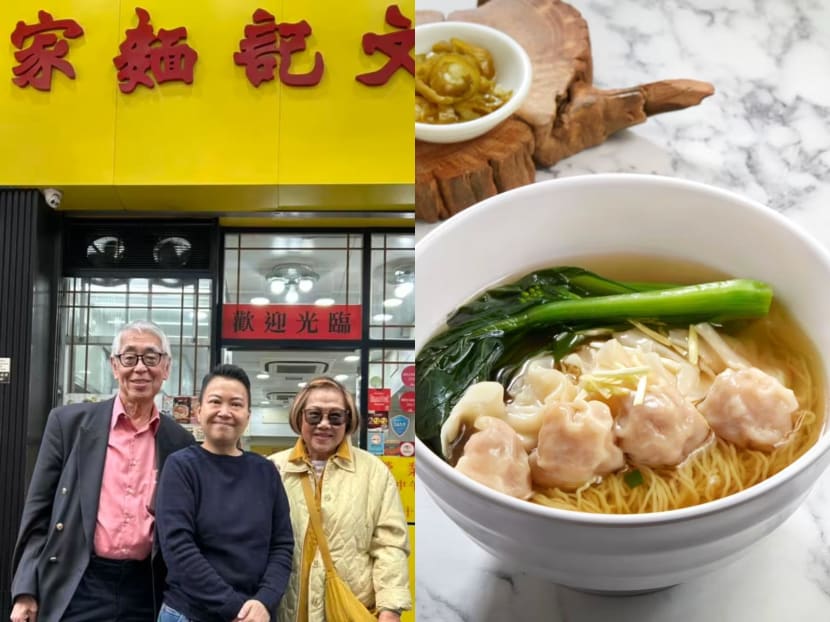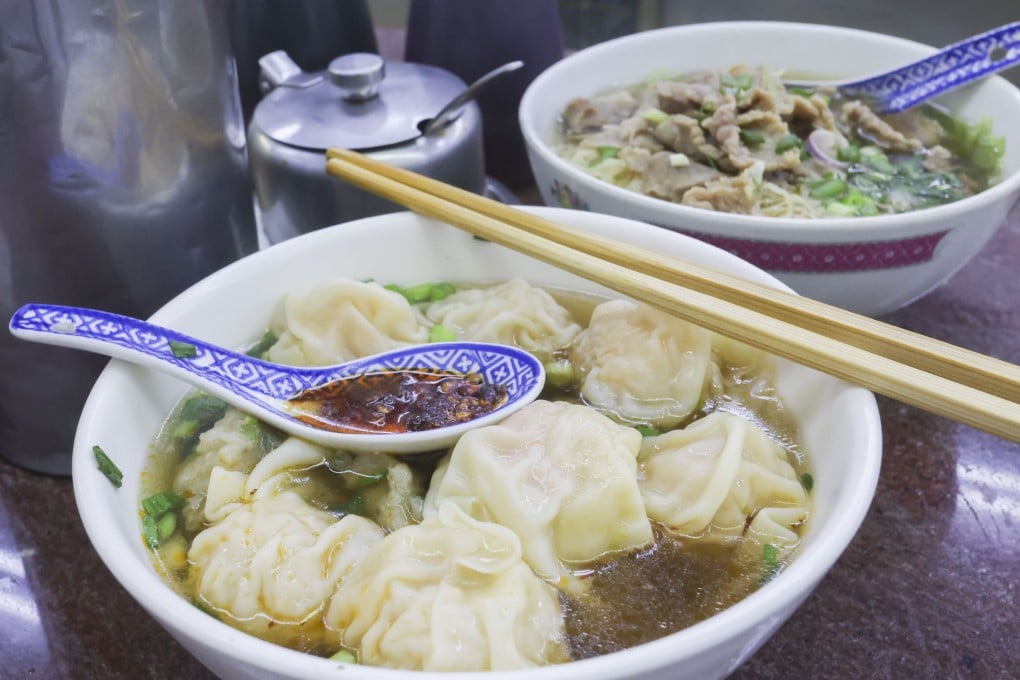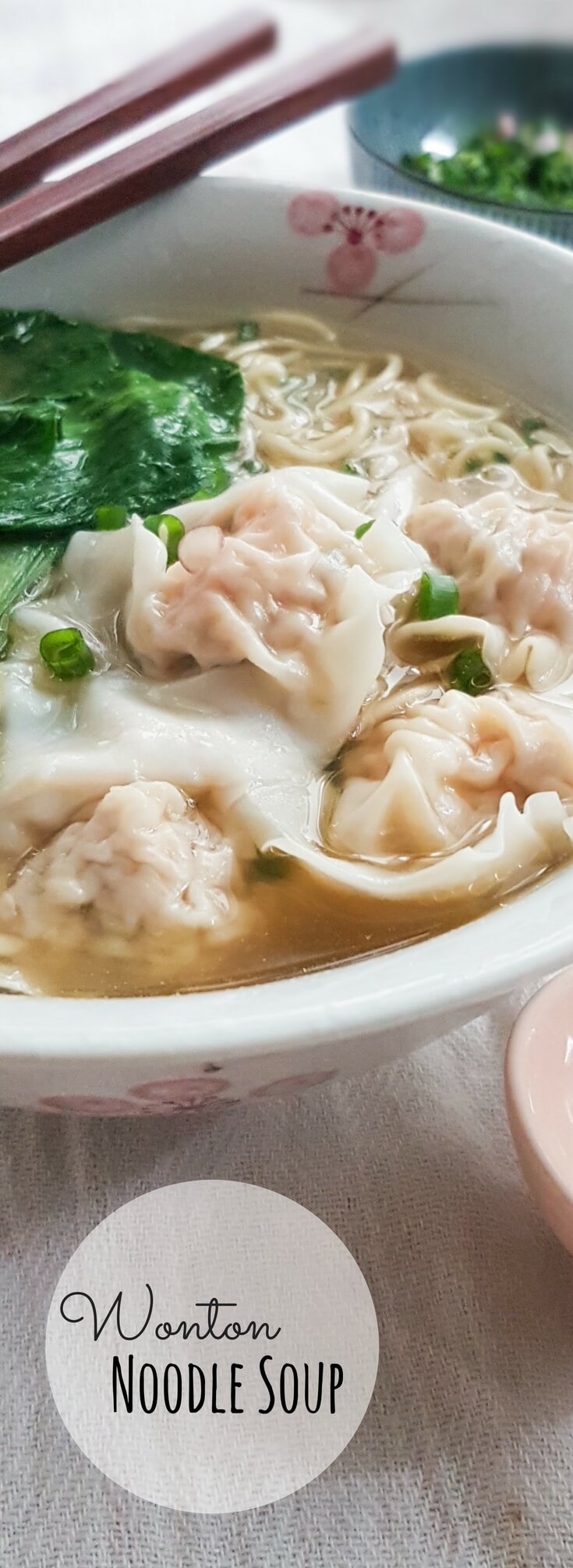Tasting Hong Kong Wonton Noodles in Central’s Historic Eateries

Introduction
If you’re planning a trip to Hong Kong, your Hong Kong travel guide wouldn’t be complete without diving into its iconic Hong Kong wonton noodles. This humble yet legendary dish captures the essence of the city’s vibrant Hong Kong culinary experiences, blending Cantonese traditions with the bustling energy of urban life. As a staple of Hong Kong famous foods, wonton noodles in Central offer a perfect snapshot of the Special Administrative Region’s rich food heritage, where history meets flavor in every slurp.
Here at jusha.travel, we love sharing tips to make your China journey unforgettable! Whether you’re a first-time visitor or a seasoned explorer, discovering Wonton Noodles Central is a must for any food enthusiast. From slim, springy noodles to plump shrimp-filled wontons in a savory broth, this dish is more than just a meal—it’s a cultural ritual. In this post, we’ll guide you through its origins, spotlight historic eateries, and share practical Hong Kong travel tips to savor it authentically. Get ready for a taste trail that highlights why Hong Kong remains a culinary powerhouse.
The Origins of Wonton Noodles and Their Journey to Hong Kong

Hong Kong wonton noodles, or yun tun min in Cantonese, trace their roots back to Guangzhou in southern China, where they emerged as a cornerstone of Cantonese cuisine. As detailed in this historical overview, the dish evolved from simple pork-filled wontons in Hunan province to the refined version we know today, incorporating river shrimp and dried flounder for a burst of umami.
By the 1930s, wonton noodles had “entered a new era” in Hong Kong, as noted by local media (source: SCMP). The recipe was perfected with thinner wrappers and alkaline-tinged noodles pressed using traditional bamboo poles, creating that signature springy texture. Credit goes to pioneers like Mak Woon-chi, who brought the art from Guangzhou to Hong Kong pre-WWII, transforming it into a street food icon (source: Wikipedia).
For travelers, understanding this history adds depth to your Hong Kong culinary experiences. Pair it with our guide to Experiencing Hong Kong Dim Sum Culture in Local Eateries for a fuller picture of Cantonese flavors. Pro tip: Visit during off-peak hours to avoid lines—essential Hong Kong travel tips for a smooth experience.
Mak’s Noodle: The Legendary Family Business Shaping Wonton Noodles Central

In the heart of Wonton Noodles Central, Mak’s Noodle stands as the gold standard for Hong Kong wonton noodles. Founded in Guangzhou before WWII by Mak Woon-chi, the business migrated to Hong Kong, starting as a street stall on Gilly Street in 1968 under his son, Mak King-hung (source: Mak’s official site). The Wellington Street branch, opened in 1989, became legendary for its petite bowls featuring exactly four wontons—each stuffed with whole tiger prawns and premium pork—served in a clear, flounder-infused broth with bouncy alkaline noodles.
This unchanged family recipe, over a century old, has inspired offshoots across Hong Kong, Macau, and even Singapore. As SCMP highlights, Mak’s refined portions emphasize quality over quantity, drawing locals and tourists alike. Address: 77 Wellington Street, Central. Distinct features include the delicate balance of textures and flavors that define Hong Kong famous foods.
- Pro Tip: Arrive early; queues form fast. For more on Central’s vibes, see our post on Exploring Hong Kong Avenue of Stars for Skyline and Cinema Glory.
- Pairing Suggestion: Follow with a stroll through nearby markets for fresh ingredients insights.
Visiting Mak’s is a rite of passage in any Hong Kong travel guide, offering an intimate glimpse into the city’s enduring Hong Kong culinary experiences.
Mak Man Kee: An Offshoot Cult Favorite and Its Historic Rivalry

Just a short MTR ride away in Jordan, Mak Man Kee represents the Mak family’s branching legacy, offering a robust twist on Hong Kong wonton noodles. Tied to the original lineage but fiercely independent, this spot—lacking even English signage—thrives on its purist approach and local buzz. Founded by relatives of the Mak dynasty, it rivals the Wellington Street flagship with bolder flavors, like tiger prawn wontons and expanded fillings (source: Ministry of Gluttony blog).
Address: G/F, 51 Parkes Street, Jordan. What sets it apart? The “busier” atmosphere and hearty portions that locals swear by, as seen in this video review. The rivalry between Mak’s and Mak Man Kee mirrors Hong Kong’s dynamic food scene, where tradition evolves yet stays rooted.
For Hong Kong travel tips, combine your visit with nearby temples for a cultural-food blend. Dive deeper into local eats with our article on Exploring Hong Kong Sai Kung Seafood Restaurants for Coastal Dining. This eatery embodies the resilient spirit of Hong Kong famous foods.
Ho Hung Kee: Michelin-Starred Innovation in a Historic Setting

For a modern elevation of Hong Kong wonton noodles, head to Ho Hung Kee Congee & Noodle, one of the first to snag a Michelin star. Established in 1946 amid post-war Hong Kong, it now shines in Causeway Bay’s Hysan Place, blending classic recipes with upscale flair (source: YouTube feature). Fresh prawns, handmade springy noodles, and subtle innovations like black sesame desserts keep it relevant.
Address: 12F, Hysan Place, 500 Hennessy Rd, Causeway Bay. Its Michelin accolade underscores the evolution of Wonton Noodles Central into global fine dining while honoring roots. Pro Hong Kong travel tips: Book ahead; it’s popular for its fresh, umami-rich broth.
Enhance your Hong Kong culinary experiences by pairing with festive insights from Experiencing Hong Kong Lunar New Year Celebrations and Culture. Ho Hung Kee proves tradition can shine brightly in contemporary settings.
The Craft and Taste: Hallmarks of an Authentic Hong Kong Wonton Noodle Bowl

The magic of Hong Kong wonton noodles lies in its triad: springy alkaline egg noodles (wheat flour and duck eggs, bamboo-pressed for texture, per SCMP), whole shrimp-pork wontons for juicy pops, and a clear broth simmered with flounder, shrimp shells, and bones for deep savoriness.
Shops like Mak’s and Mak Man Kee guard these secrets, using precise techniques passed down generations (source: SCMP). For authenticity, seek spots with fresh, handmade elements—key to Hong Kong famous foods.
- Noodles: Q弹 (springy) texture from alkaline water.
- Wontons: Whole shrimp for freshness, not minced fillers.
- Broth: Crystal-clear umami from slow-simmered seafood and bones.
These elements make every bowl a symphony. For broader food adventures, read our take on Uncovering Hong Kong Tai Po for Markets and Natural Beauty.
A Taste Trail Through Central’s Historic Eateries

Central’s compact layout makes it ideal for a Wonton Noodles Central taste trail. Start at Mak’s for refined elegance, cross to Tsim Chai Kee for topped varieties, head to Mak Man Kee in Jordan for robust bites, and end at Ho Hung Kee for Michelin polish (source: YouTube guide).
This route weaves history, ambiance, and flavor, reflecting Hong Kong’s diverse heritage. Hong Kong travel tips: Use the MTR or walk (wear comfy shoes); total time: 3-4 hours. For more historic spots, explore Discovering Hong Kong Kowloon Walled City Park’s Historical Charm.
Each stop reveals why Hong Kong wonton noodles endure as cultural icons.
Conclusion

Tasting Hong Kong wonton noodles in Central’s historic eateries is more than a meal—it’s a portal to the city’s soul, where Cantonese ingenuity meets timeless tradition. From Mak’s refined legacy to Ho Hung Kee’s starred innovation, these spots showcase the depth of Hong Kong famous foods and why Hong Kong culinary experiences captivate global travelers. As your Hong Kong travel guide, we hope these insights, paired with practical Hong Kong travel tips like early visits and transport hacks, inspire your next adventure.
At jusha.travel, we’re passionate about guiding you through China’s wonders. Have you tried wonton noodles in Central? Share your thoughts in the comments below, visit jusha.travel for more China travel inspiration, or check out related articles like our Hong Kong food guides!
Word count: 1,156

